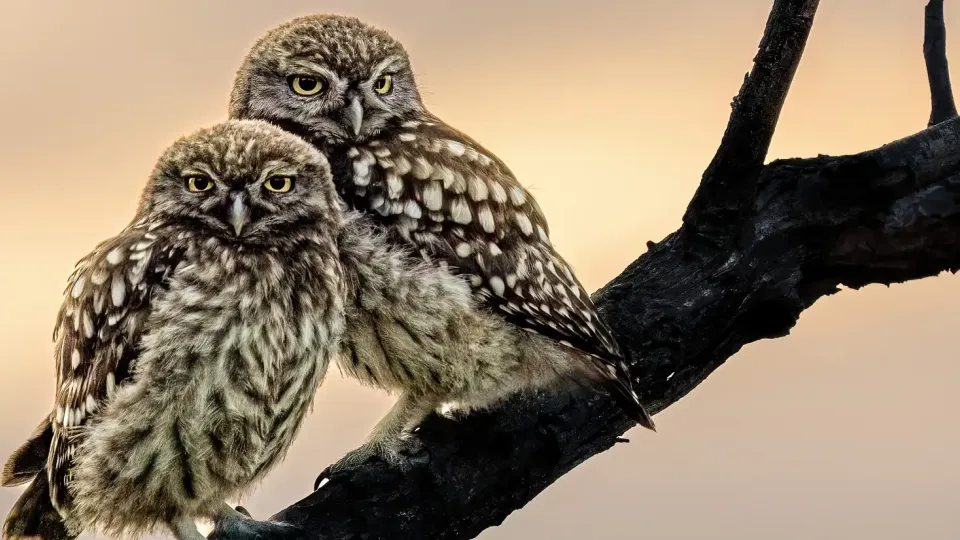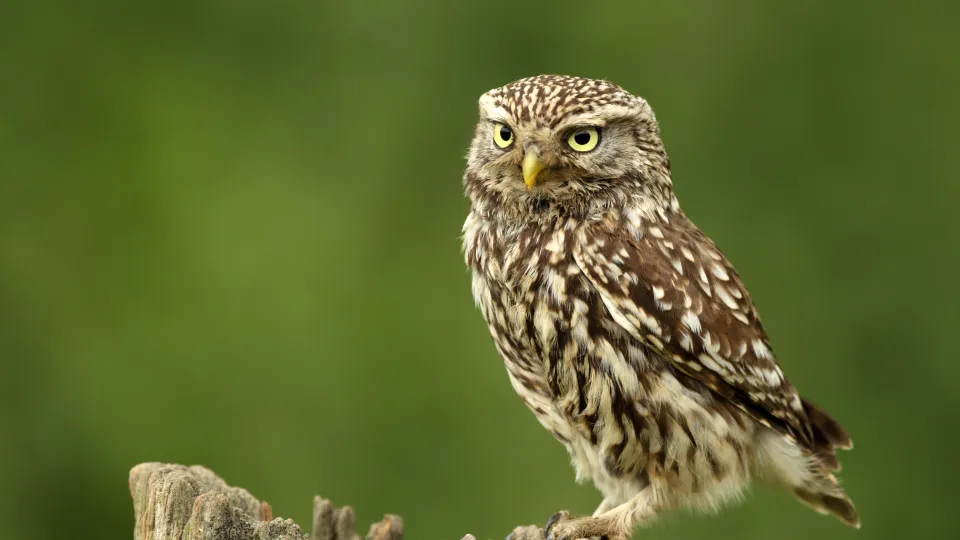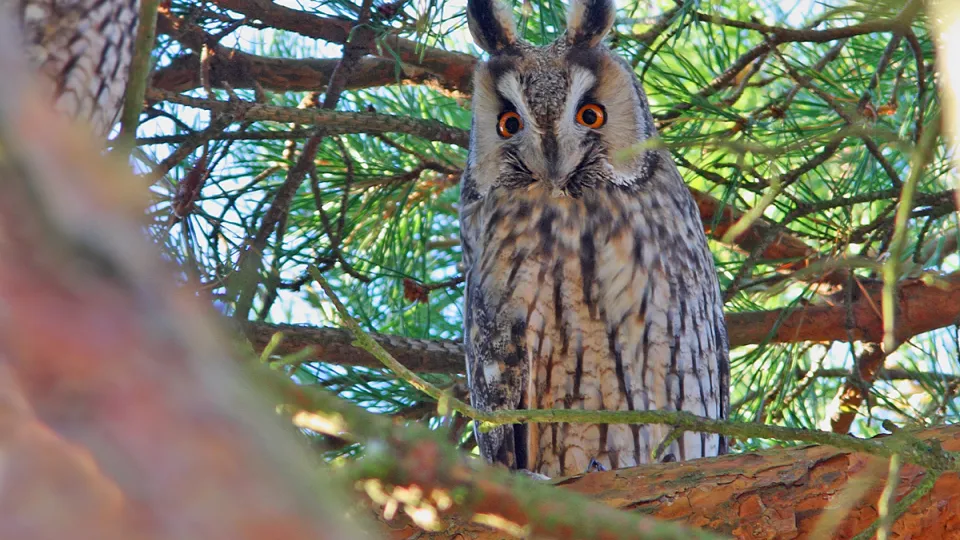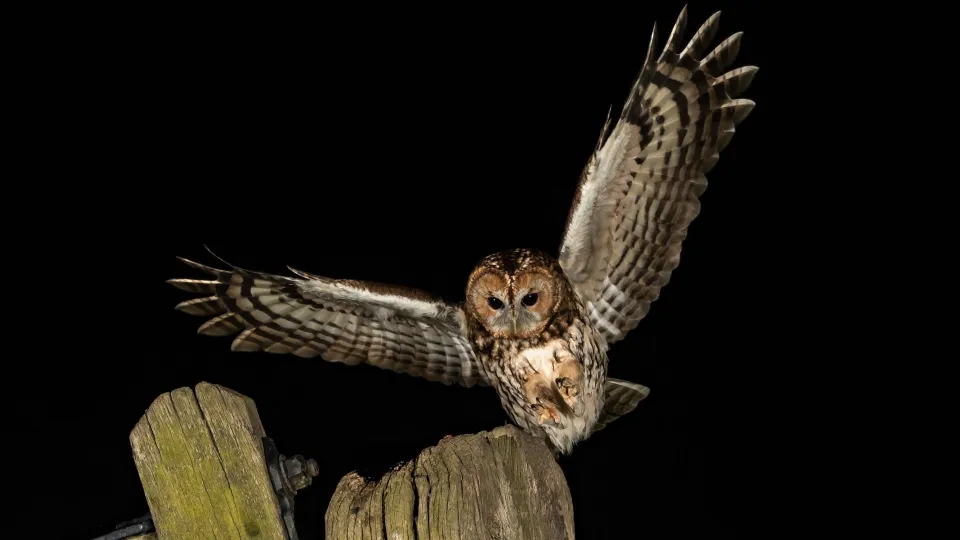
Discover the secrets of owls with Kent Wildlife Trust
Kent is home to a diverse owl population, with all five native species of owl being present in the county.

Kent is home to a diverse owl population, with all five native species of owl being present in the county.

Introduced into the UK in the 19th century, the diminutive little owl can now be seen along hedgerows, on farmland and in parkland across England and Wales. It often perches on a pole or rock, looking out for its unsuspecting prey.

Unsurprisingly, the nocturnal long-eared owl sports large 'ear tufts' on its head, while the short-eared owl has much smaller ear tufts. A shy bird, it is best spotted around the coast when migrating, or in its communal winter roosts.

The short-eared owl, or 'Shortie', is an unusual owl because it prefers to be out and about in the daytime. Learn more about it in our species information page.

Tawny owls are the familiar brown owls of Britain’s woodlands, parks and gardens. They are known for their ‘too-wit too-woo’ song that can be heard at night-time.

This Halloween, discover some of our most spooktacular species.

Winning photographer captured the stunning owl as it swooped over Elmley Nature Reserve on the Isle of Sheppey, Kent.

Lynne and Peter Flower have written an update on our work to enhance the number of Barn Owls in and around Kent.

Our hardworking volunteers, Lynne & Peter Flower, have written their second blog for Kent Wildlife Trust. This time they are focusing on our work building homes for barn owls.

Lynne and Peter Flower, Kent Wildlife Trust volunteers, write about the work they do to support and protect existing barn owls and create safe places for them to increase in numbers.